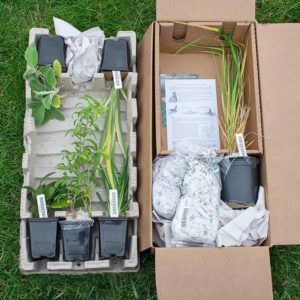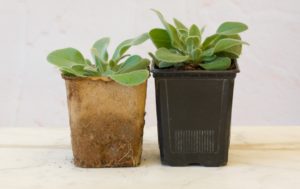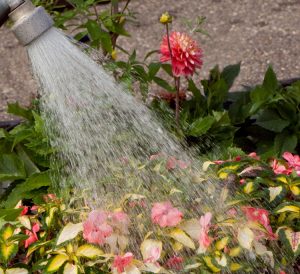For many, this winter has been characterized by abnormally mild temperatures punctuated by sudden and sometimes severe cold spells. These swings in temperature can be rough on plants. This is especially true when there is no snow cover. (Snow serves as a blanket to keep plants in the consistently cool and dark conditions that encourage and perpetuate dormancy.) Warm days when there is little to no snow may cause the ground to thaw. The sun’s rays and warming soil signal to plants that spring has arrived, even if the calendar says otherwise. Early flowering plants such as Hellebores, Snowdrops (Galanthus), Crocuses, Daffodils, and Tulips may begin poking up their heads and producing leaves and buds way ahead of schedule. What to do? Here at the farm, our garden staff tends to allow Nature to take its course, but here is some advice from our gardening experts:
- Hellebores, which are generally the first perennials to flower as spring begins to stir, can handle some fluctuations in temperature, especially if you leave their winter-burned foliage in place to serve as a jacket. (Prune away the brown foliage after bunches of buds appear and spring temperatures begin to assert themselves.)
- Daffodils are tough early bloomers. Foliage that emerges too soon may get frostbit at the tips but the plants will generally rally and produce their flowers on cue as spring arrives.
- Several years ago, our Tulip trial garden endured a polar vortex plunge. The plants, many of them already in bud, wilted and sagged terribly in the cold and some stems and leaves developed a desperate watery look, but because the extreme cold was of relatively short duration (less than 24 hours), the plants made it through and were that much more beautiful when they blossomed.
- For particularly exposed or vulnerable plants (or if you feel you must do something), consider covering them with a layer of Oak leaves and/or Pine boughs. Both serve to trap in some of the cold, which keeps plants dormant until spring. At that point, remove the leaves or boughs and enjoy your blossoms.
- Some gardeners recommend mulching plants in advance of a temperature plunge to provide protection, but beware: Mulch is as good at trapping in heat as it is protecting from the cold. If you mulch after unseasonably warm days, your plants may continue to grow in what they perceive to be cozy conditions.
- For larger specimens, such as early flowering shrubs and fruit trees whose buds have begun to swell, burlap or old bedsheets may be gently tossed over them to get them through a sudden cold snap, but beware of doing this in high winds, which could result in breakage.
- Do not touch plants that have been subject to extreme cold. The frozen tissue of leaves and stems is especially vulnerable to damage. Keep your hands away and hope the plants recover naturally as temperatures rise.



